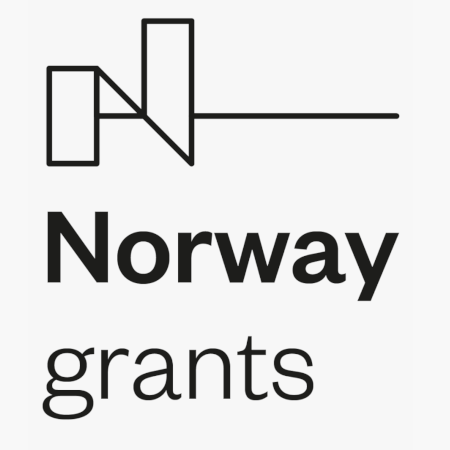This somewhat unconventional blog post will be presenting one of the major quandaries we have been thinking through lately—though we have returned to it time and again since the very first weeks of our project: how do you represent the complexity of the First Cataract socio-cultural and sociopolitical landscape on a map? In this post, we will talk about the directions we’ve chosen—but we are as always open to comments and are hesitant to state that we have landed on the solution, though hopefully these options will allow for a readable and informative map when the webGIS is published in the coming months.
Maps display simplifications of reality—otherwise we would all be descending into Borgesian madness, creating maps on the same scale as their subject as in his famous short story, “Del rigor en la ciencia.” Maps on a reduced scale always miss some sort of detail, and a map that is 1:1 is plainly too cumbersome when creating a blueprint, much less mapping entire regions or polities. Beyond the machinations required to project a spherical object into two dimensional space, there are a host of choices we have to make in order to highlight certain aspects of the sociocultural landscape in Aswan and Lower Nubia that we hope to emphasize for the viewer.
The first choice we made, relatively early on in the project, was to avoid shading when discussing the lands claimed by a given polity. Though useful in some maps, we felt that such designs understated the complexity of the borderscape. Sovereignty did not evenly blanket the lands of the Pharaonic state, the A-group, or any of the Naqada cultures. Borderscapes can be contested spaces or relatively harmonious (and everything in between), and shading the landscape one color or another too easily obscures this.
When discussing the sociocultural landscape, we elected to divide things into site categories, each represented by a different symbol: settlements, campsites, burial grounds, rock art, isolated finds/artifact scatters, and drivelines. These main categories cover essentially all of the sites within our current catalogue, but conceal an immense amount of variability in terms of size and cultural packages. To choose an obvious example, the nome capital at Elephantine is on a scale that positively dwarfs a small village like WT7 or WK14. Indeed, Elephantine possesses numerous elements that differentiate it even compared to Kom Ombo, an important Pharaonic town at the northern most edge of our study region—both sites had temples, but Elephantine was also the site of an Early Dynastic fortress and a cultic step pyramid from the late 3rd Dynasty that at least to this point do not seem to have analogous constructions at Kom Ombo.
Further complicating things is the reality that very few archaeological sites are ever comprehensively excavated—we can often get a sense of how large a site is from survey, magnetometry, ground penetrating radar, electrical resistivity, or drill cores, but it is very rare (and even then often foolhardy) for an archaeologist to claim they have excavated 100% of a site. This is particularly true in alluvial settings where a rising water table, layers of sediment, modern settlement or agriculture, or even dune activity can make it impossible to recover or excavate large portions of a site.
Another concern is discussing the cultural package at various sites. Though certain manufacturing techniques seem to reflect particular cultural practices, this was an interconnected region, with a long and continuing history of trade and migration both before and during the 4th and 3rd millennia BCE. As of now, we have elected not to assign a particular culture to various sites (i.e. Nubian, A-Group, Egyptian, C-Group, First Cataract Region) on our webGIS, though in certain instances it might be possible and in some publication settings it makes sense to do so. This is not to deny the possibility that one might do this, but for the purposes of our webmaps, we are choosing to emphasize the changing settlement pattern over time rather than attributing these settlements to specific cultures.
In our working version of the WebGIS, hopefully to be finished in the coming month or two, large settlements/provincial capitals are represented by a large square, while smaller villages have a correspondingly smaller symbol. Comparable distinctions are made between huge rock art sites in Wadi Abu Subeira, clusters of rock art panels, and isolated rock art in the landscape as well as isolated tombs, small clusters of burials, and large cemeteries. This tripartite schema ultimately seemed best suited to the distinctions in size between sites that we observed over the course of our analysis, but ultimately, the decision where to slot sites often is something of a judgement call, and the borders between a medium sized cemetery and a large one can be fuzzy—especially if the site is repeatedly reused over various phases or time periods. Certain kinds of sites also present particular complications that we may return to in a future blog post: ephemeral campsites can often be quite extensive, but it is not always possible to tell whether a large group of people was occupying them simultaneously or if a smaller group was returning to different parts of the same site regularly over a longer time span. In any case, we have prioritized showcasing the settlement pattern over various phases, relative site size, and rough categories of site types over assigning particular cultures or extents of particular sites.

